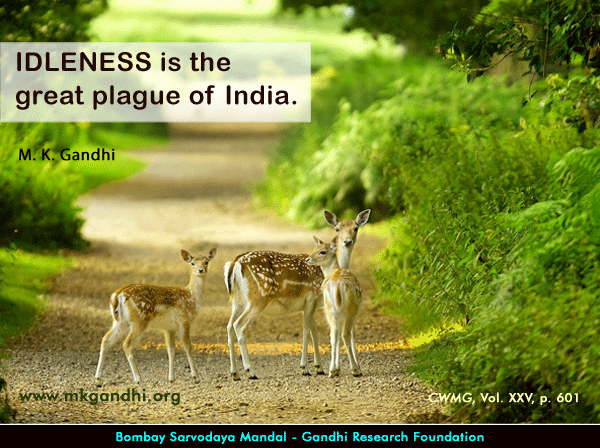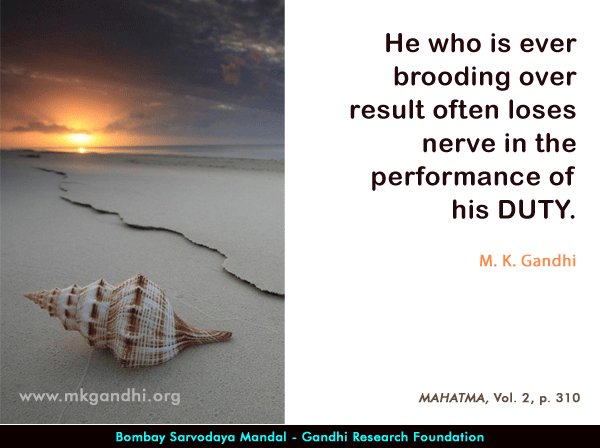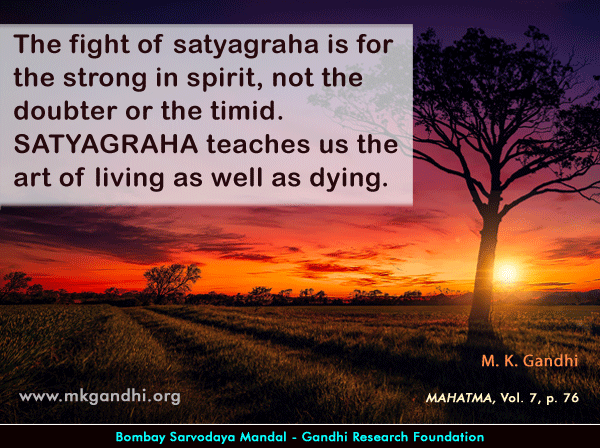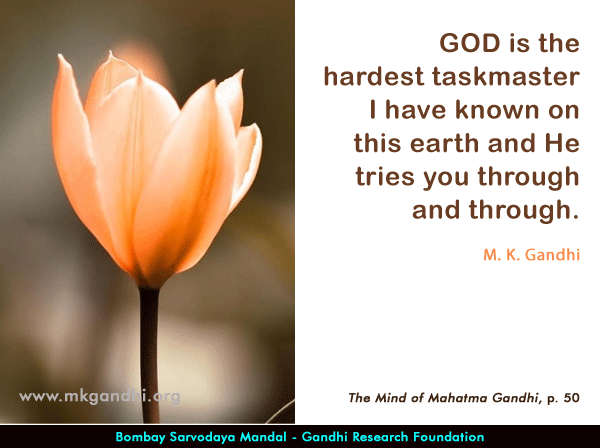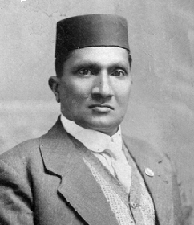
Sunday, June 11, 2017
Saturday, June 10, 2017
Friday, June 9, 2017
Gandhi Journal Article-III ( JUNE 2017 ) - THAMBI NAIDU - 'Lion Like' Satyagrahi in South Africa
Gandhi Journal Article-III ( JUNE 2017 )
THAMBI NAIDU - 'Lion Like' Satyagrahi in South Africa
By E S Reddy

One of the first satyagrahis in the movement of 1906-14 in South Africa and a most loyal and courageous colleague of Gandhiji was Govindasamy Krishnasamy Thambi Naidoo.1 Apart from defying the law and going to jail many times, he made a crucial contribution in mobilising the Tamils in the Transvaal to participate in the satyagraha and the workers in Natal to strike for the abolition of an unjust tax which caused enormous suffering.
Thambi Naidoo was born in 1875 in Mauritius where his parents had migrated from Madras Presidency.2 According to his daughter, Thayanayagie (known as Thailema), his father was a prosperous fertilisers and cartage contractor in Mauritius. Thambi was his youngest son. One day, his father said to him, “You are my youngest son. You must think of the people before you think of yourself”. Thailema continued:
“My father was very impressed by his father’s seriousness when he said these words and he took them to heart and afterwards built his life on them and taught them to us his children”.3
READ FULL ARTICLE
Gandhi Journal Article-II ( JUNE 2017 ) - Gandhi, Ambedkar, and the Eradication of Untouchability
Gandhi Journal Article-II ( JUNE 2017 )
Gandhi, Ambedkar, and the Eradication of Untouchability
By Sudarshan Kapur
Mohandas K. Gandhi (1869-1948) and Bhimjirao Ambedkar (1891-1956) are among the major makers of modern India. Their public careers began early Gandhi's in South Africa in the mid-1890s and Ambedkar's in western India in the early 1920s. They built on the work of nineteenth century and early twentieth century religious and social reformers such as Ram Mohun Roy (1772-1833), Mahadev Govind Ranade (1842-1901), Swami Vivekananda (1863-1902), Gopal Krishna Gokhale (1866-1915), Swami Dayananda (1824-1883), and Jotiba Phule (1827-1890). Each fought with rare persistence and exceptional vigor to rid India of oppression from within and without. Once they entered the public arena, there was no turning back for either of them. They maintained the momentum in their struggles for justice and equality until the very end of their lives. Gandhi and Ambedkar offered specific goals for and pathways to the creation of a just social order in India. They differed over objectives as well as the methods for achieving their ends. In their long public careers, both of them addressed a number of crucial social and political issues. How best to remove untouchability was a major issue over which the two had fundamental differences from late 1920s onward.
READ FULL ARTICLE
Thursday, June 8, 2017
Subscribe to:
Posts (Atom)
